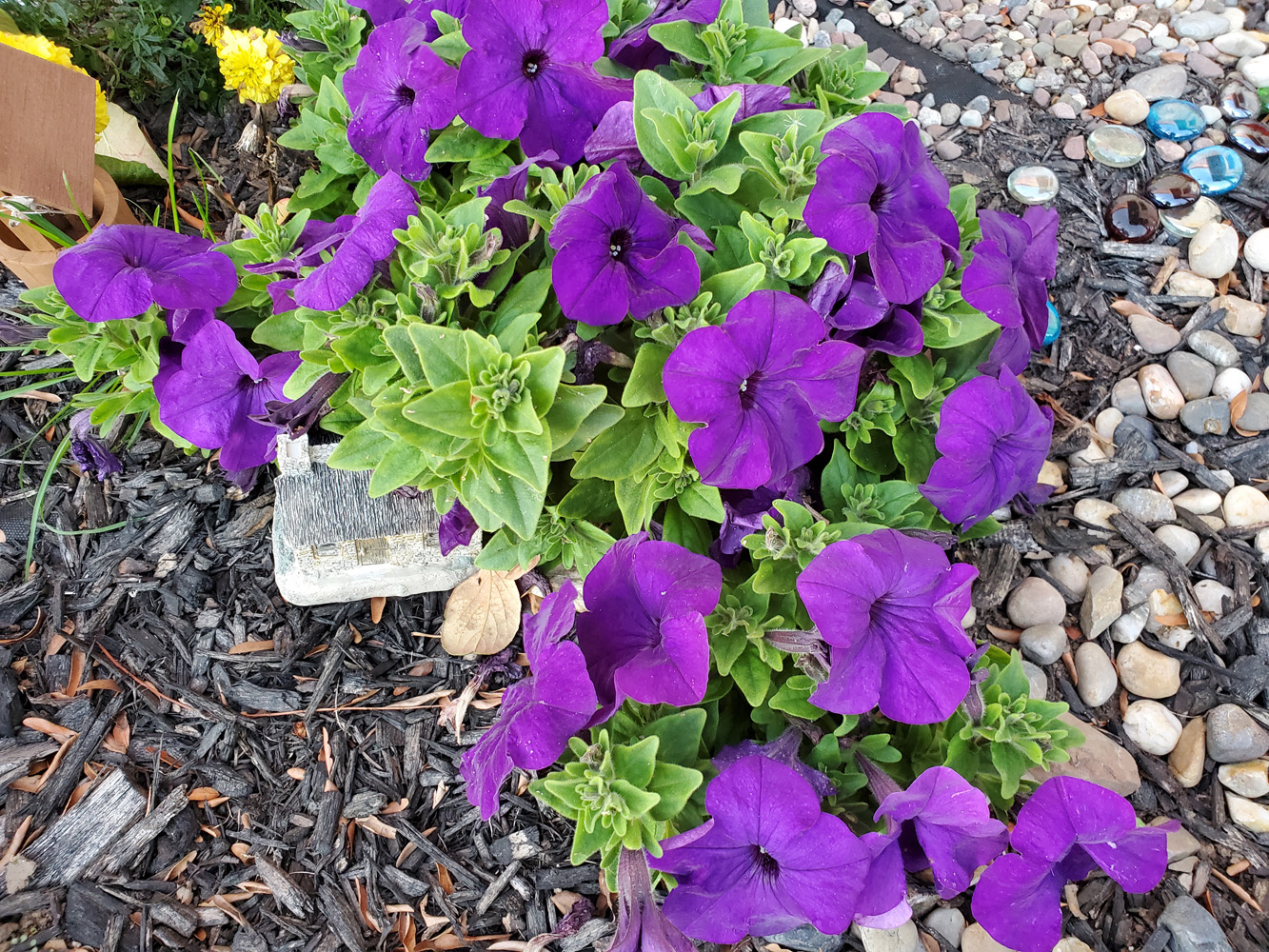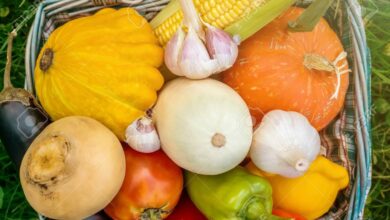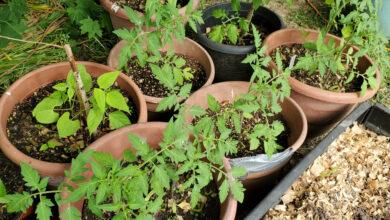Understanding annuals

Annual plants produce some of the most brilliant displays in our gardens and allow us the freedom to change how our plantings look from year to year. They are a staple in most landscapes, but what really is an annual plant?
Annuals are defined as plants that grow, flower, set seed, and die within one growing season. Flowers like sunflowers, zinnias, and marigolds are true annuals.
In western New York, we often use as annuals plants that would be considered perennials in warmer climates. These are plants that don’t survive the winter here, such as dahlias, whose tubers must be dug up in late fall and carefully stored in a freeze-free area over the winter if you want them to survive for the following year.
Penn State Extension makes the distinction between hardy and tender annuals. According to Penn State, “hardy” describes a plant that grows well and survives in adverse conditions. Horticulturally, this means a plant’s ability to survive both extreme winter and summer weather conditions.
Some annuals can be defined as hardy, Penn State says, if they can withstand a light frost in winter and spring. Tender annuals will suffer serious damage or even death if hit by a frost. This is important to keep in mind, especially as mild early spring days create a strong urge to get out and plant some color in the yard.
A frost, which can occur well into May in our area, can kill tender annuals set out too early. Hardy annuals that can withstand frost may not be as attractive in the heat of mid-summer.
Penn State gives several examples of what are considered to be hardy annuals. The list includes bachelor button, bells of Ireland, dusty miller, love-in-a-mist, pincushion flower, pinks, pansy, snapdragon, sweet alyssum, and sweet peas. You have probably noticed this tendency in your own gardening. I have pansies and violas in containers that have survived several years and will bloom readily whenever temperatures warm, whether it is late fall or late winter. Snapdragons can bloom well into the autumn, as can petunias. These more hardy annuals help extend the blooming season well after other plants, including perennials, are done for the season.
The list of tender annuals, which Penn State says includes those plants that are perennial in warmer climates, include ageratum, begonia, calibrachoa, coleus, geraniums, impatiens, lantana, marigold, sunflower, and zinnia.
In my garden, I sometimes notice tender annuals, like ageratum, will re-seed themselves if I leave the soil undisturbed. Squirrels and chipmunks also plant sunflower seeds for me as they prepare for winter. I find small clusters springing up all over my landscape each year.
Penn State says you can consider planting seeds of hardy annuals outside in the fall about six weeks before the first frost. Penn State also advises that whether tender or hardy, annual plants should be hardened off before going from inside or in the greenhouse to outdoor conditions. Set them outside for an increasing amount of time for several days before planting.
Penn State also addressed the recent changes in USDA Hardiness Zones and how those changes might affect the annuals we grow. The map, revised in 2023, indicates that about half of the United States is half a zone warmer than in 2012 – this is reflected in our area. Because many of our annuals are perennials in warmer climates, you may find that these annuals will live longer in the fall and might make it through the winter. Penn State notes that dusty miller, pansies, and snapdragons are good candidates for surviving the cold. Remember, your garden can have its own micro-climates, and the survival of annuals can also depend on the severity of a particular winter or extreme wind and temperature fluctuations.





